The relationship between man and artificial light is not so remote: in the 1820s, technology allowed us to prevent the darkness in an increasingly efficient way and replicate the natural light of the sun and its effects both in structures and in the psychology of the individual.
Nevertheless, referring to the circadian rhythm, or the relationship between sleep and wakefulness, more and more research shows how hyper-illuminating our cities has changed our behavior and those of some animal species unnaturally.
From lighting in cities and corporate structures to the interior of our homes, designing light in places where men, animals, and plants live has become a professional field in which architecture, design, nature and psychology, sociology, art, and technology are fused together.
Your lighting project must be characterized by a multidisciplinary study between art and science, where individual physiological needs become of primary importance. As a lighting specialist, your choices must solve your client's problems, which become the need to improve the quality of the environment in which they live.
Your task is not to give advice for purchases but to remedy concretely those issues that your client is unable to solve and that concern the perception of light and its importance for their well-being.
On the market, there are endless lamps with increasingly high-performance technologies, such as halogen, fluorescent, xenon, and now OLEDs and LEDs, designed to illuminate the night until it almost disappears.
In horror movies or fairy tales, fate always strikes mercilessly at nightfall, perhaps in a dark forest. This apprehension that produces fear is generated by the unknown of the dark: light, on a psychological level, serves to tame the unknown and remove fear.
The sight of light, therefore, affects our daily lives because it penetrates the spaces spreading throughout the structures, characterizing the space, shape, and color and creating emotional responses so intense that they can contribute to the psychophysical well-being of the individual.
Light is a cognitive map that guides the individual in the exploration of the environment and helps them to interpret reality. Man has always given great importance to natural light, that is why, with your lighting design project, you can create different luminosities through different artificial lights and also create different moods depending on the type of light you choose for each environment.
- What is the difference between natural light and artificial light?
- How to choose the integration between natural and artificial lighting
- Your project is a means for the psychophysical well-being of your client
What is the difference between natural light and artificial light?
We have seen how light is indispensable to life and how the constant alternation between natural and dark light creates the environment in which every living being can grow and develop organically. Consequently, when it fails, it causes imbalances both biologically and psychologically.
The major difference between artificial lighting and natural lighting is that the natural one is much more intense. The amount of light that we see from the outdoors derives both directly from the light source, the sun, and indirectly from the surfaces off which it reflects its light beams.
When you create your project, natural light should be the main source of lighting to make the environment healthier and more comfortable. The insertion of artificial light should be an integration with the natural one that, after sunset or on particularly dark days, is no longer present enough to carry out normal activities.
If you make the best use of the various light sources, distributing them consciously in the various environments, the relationship between light and shadow will be so optimal that it will not run the risk of causing discomfort and fatigue in the eyes of those who use those spaces.
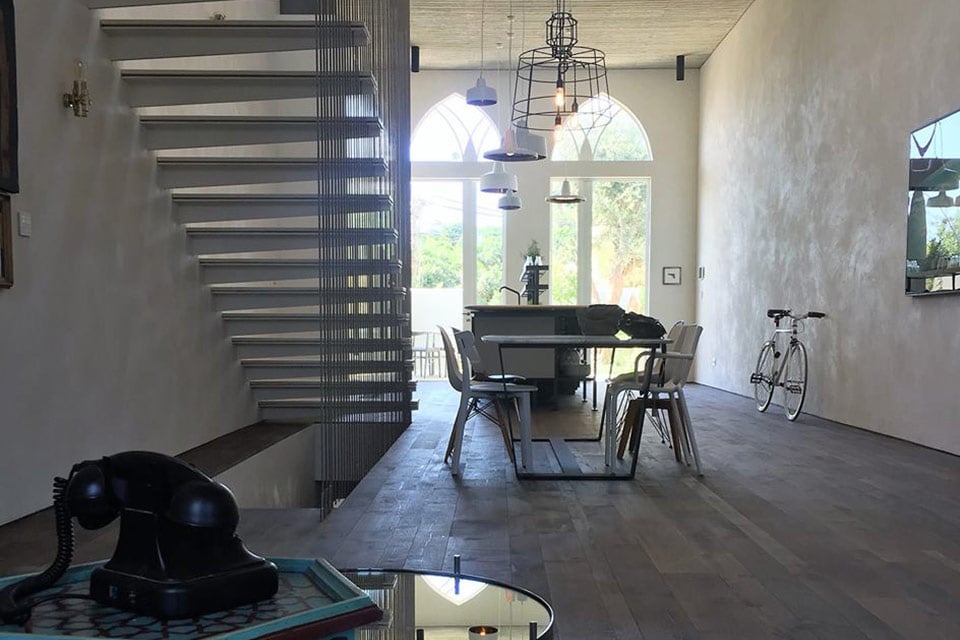
Gangster and Sisma
Keeping this in mind, it is clear that the arrangement of spaces is a determining factor. You can find yourself, for example, in front of an indoor space with a strategically oriented south, south-east or south-west living area, so you can enjoy many more hours of sunlight in every season. Or maybe under roofs with windows that let in twice the light compared to the windows on the façade or a solar tunnel placed in a dark corridor that, through a reflecting tube, conveys light from the roof to a specific interior space that would otherwise be dark.
The lumens that natural light transmits in such a strategically structured interior are comparable to those generated by a 60 watt light bulb.
When daylight fades, and artificial light is needed to maintain good visual comfort, the solutions available to you may vary depending on how your client experiences each space.
Direct light is an ideal option for areas that require a good view, such as the kitchen top and the dining table, as well as soft and diffused light, which is more suitable for areas such as the living room and the bedroom, to promote relaxation and activities such as reading.
With artificial lighting, you can also highlight some particular elements: by designing different lighting points, to switch on and off according to the occasions and times, you will be able to create different scenarios to illuminate paintings, photographs, works of art, and ornaments.
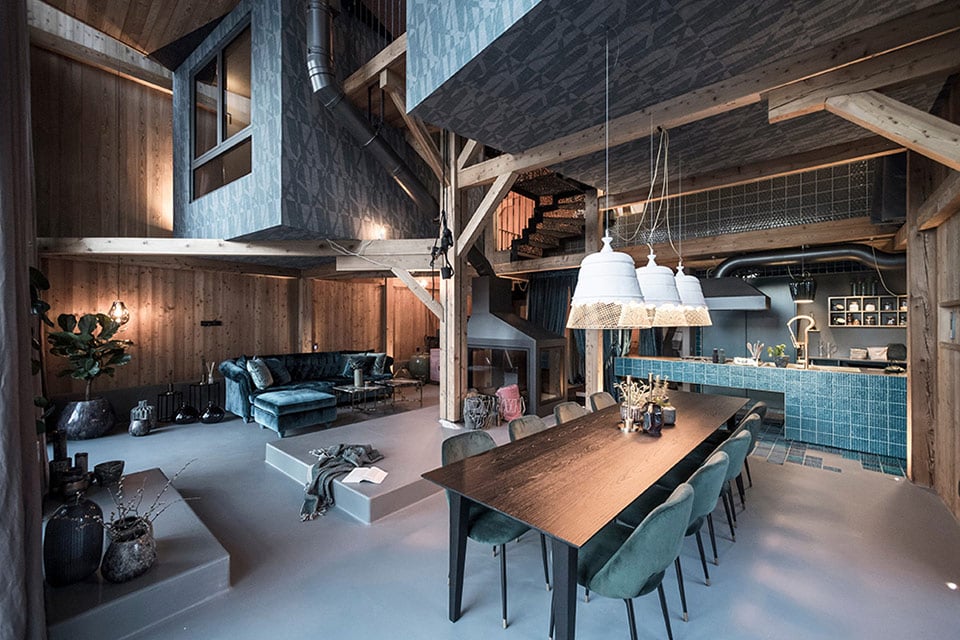
Domenica and Sahara
If studying and designing natural lighting is essential for your client's well-being, artificial light must go hand in hand and be carefully integrated to allow your clients to feel as comfortable as possible in their spaces at any time of the day.
Integrating artificial light with natural light can seem like a rather easy task: when the sun goes down, you can turn on the lights without significant difficulties.
In reality, to ensure satisfactory levels of visual comfort and lighting for your client, you must carefully study how to integrate these two types of light sources.
The factors you need to consider are different. For each one, you must aim to ensure the best possible conditions in favor of your client's needs: you must study integration solutions that are based on different input signals, which guarantee average lighting for each environment and vary depending on how your client decides to use every space.
Furthermore, you must also be able to optimize the conditions of visual comfort and reduce energy consumption, with an eye on eco-sustainability.
Want to know how to combine performance and aesthetics in your projects?
Download our guide!
How to choose the integration between natural and artificial lighting
The main problems that you may encounter in designing artificial light concern structures that have not been designed to be lit up properly by natural light during the day, consequently, risking that your project will provide lighting that is too bright.
This combination causes an interruption of the circadian cycle, which results in the alteration of the immune system and the secretion of melatonin, the hormone responsible for sleep.
Most artificial lighting sources do not have a well-balanced spectrum compared to natural light; that is, many luminous bodies are not able to reproduce all the wavelengths— bioelectrical waves that are present in sunlight fundamental for human life.
Unfortunately, the technology to create an artificial light source that can replace 100% of the natural light of the sun does not exist yet, but the good news is that, with the transition from pre-established lighting techniques to integrated lighting techniques, guided by interest in the well-being of the individual, you can turn to Full-spectrum lighting systems or a light that covers the electromagnetic spectrum from infrared to ultraviolet rays of all wavelengths useful to the life of plants and animals, and also man.
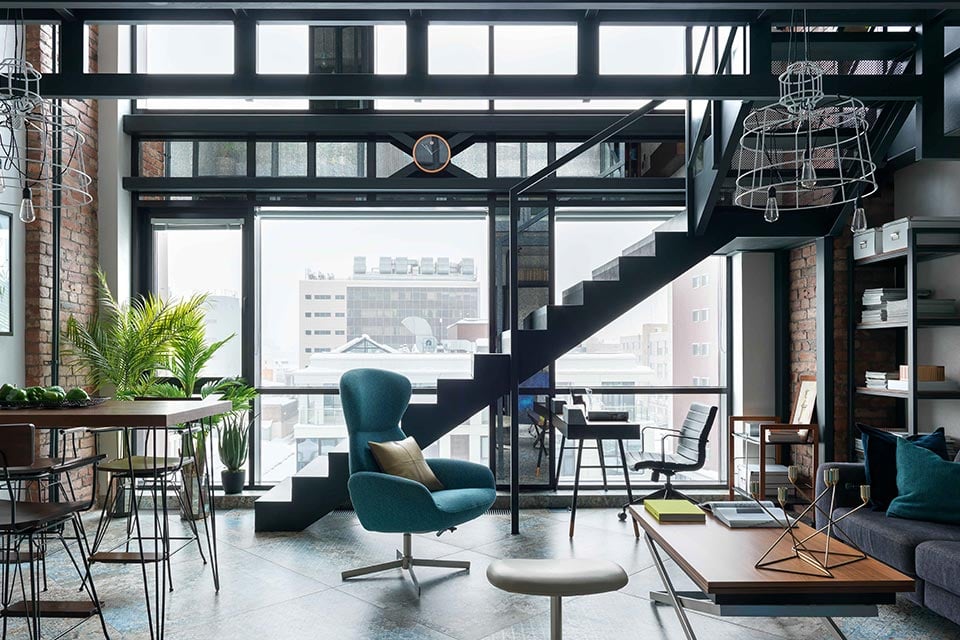
Sisma
You can find lighting systems specifically designed for both indoor and specialized areas on the market, and, to fully benefit from the full potential of full-spectrum light, you need to take some precautions.
Because the product you choose is effective, you have to be careful that the spectral distribution indicated in the technical sheet is uniform, which contains, that is, all the wavelengths, and that the diagram is as faithful as possible to the spectrum of sunlight.
Although sunlight cannot be substituted for all its benefits for humans and others, there are artificial light sources that can have a significant emotional impact through the color temperature of the light they emit. In fact, it has been shown that certain types of LED lights can positively influence the mood of individuals and, consequently, their health.
Average daylight, for example, contains a high amount of blue color, a color that not surprisingly on a psychological level favors productivity and, therefore, is used above all in offices.
To get closer to the color of sunlight through artificial installations, you need to consider the color and brightness. Some lamps allow you to adjust the color temperature according to the light you need during the day. Generally, it is a more intense light in the morning for greater productivity and softer light in the evening to promote relaxation.
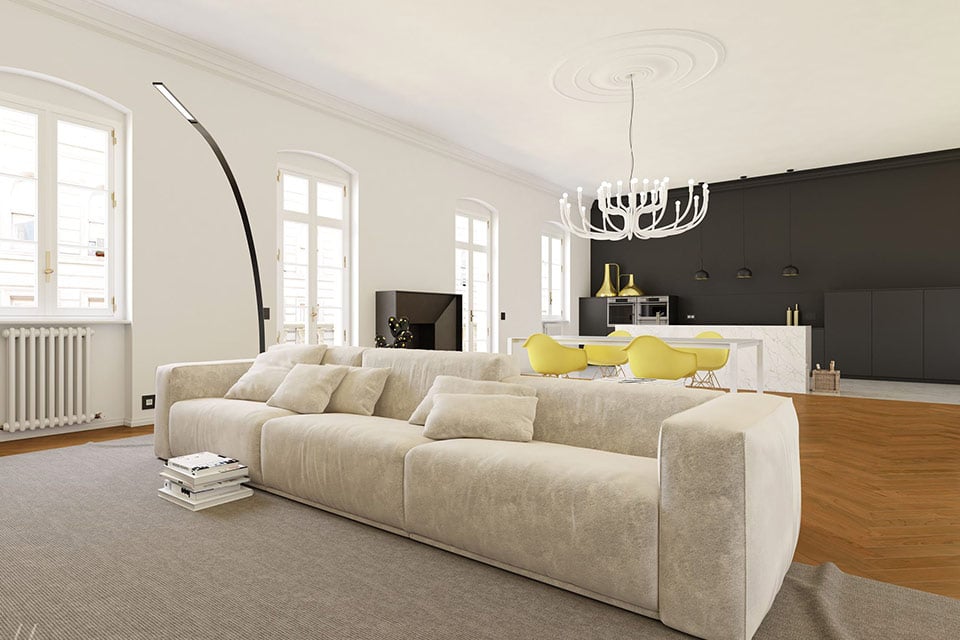
Snoob
Your project is a means for the psychophysical well-being of your client
We have seen how the integration of artificial light with natural light is fundamental for your client's psychophysical well-being and, therefore, must be the main element on which to base your every lighting project.
One of the innovations for the integration of artificial light is represented by smart devices: the sensors detect the lighting changes in the environment and, if the recorded values exceed the fixed threshold, the data is sent to a control unit. This datum is based on two types of variations: one regards the lighting changes on the work surface recorded by the photosensors, the other records whether or not people are present in the environment, thus working through movement sensors.
The recorded data is sent to the intelligent control unit, which re-elaborates the information during the programming phase, for each of the connected sensors.
The control unit, therefore, sends output signals to actuators, which can have different functions, from lighting to shielding.
Depending on the conditions that the actuators reveal in the environment, the system activates the light systems, for example, by turning on a lamp.
As a result, you have different solutions for each of your lighting integration projects: you can, for example, use a control system relating to the will of the users, the occupation of the premises, or based on the level of natural light.
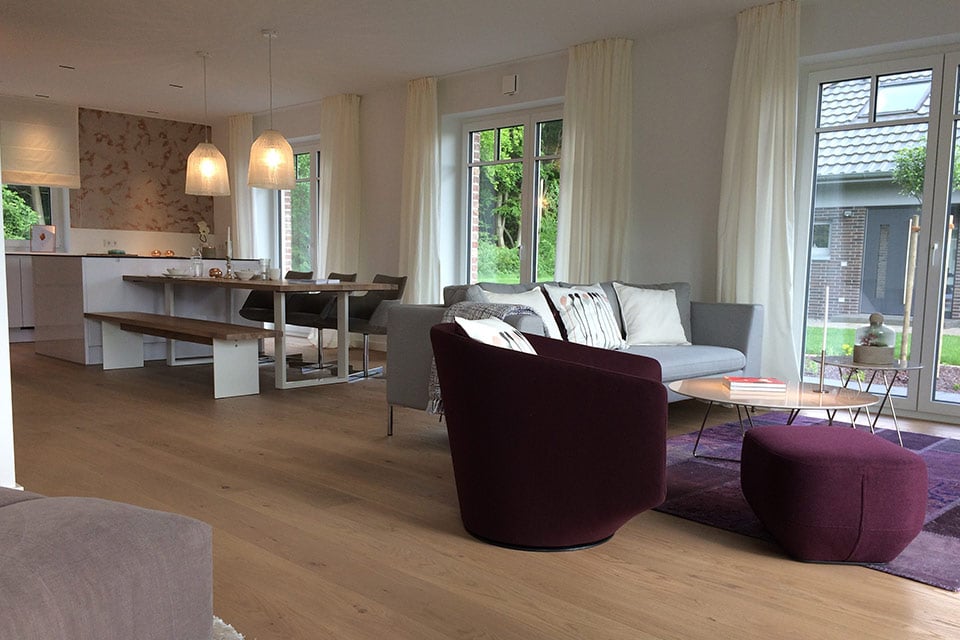
Blackout
Many control techniques range from the simple switching on/off of the light to the dimming or combination of ignition/dimming.
What emerges from this analysis is that artificial light must always be as close as possible to sunlight to create pleasant moods for those who live in different environments. In addition, it can illuminate the darkest areas in an integrated and effective way, where the shadows do not allow you to experience the space optimally to the function to which every environment is dedicated.
Therefore, obtaining the perfect integration between natural and artificial light means being able to reproduce the complete spectrum of sunlight within your client's structure, a s well as going where architecture prevents access to natural light through the choice of appliques or table and floor lamps that will help to brighten the setting, guaranteeing your client the most complete lighting even during the day.





